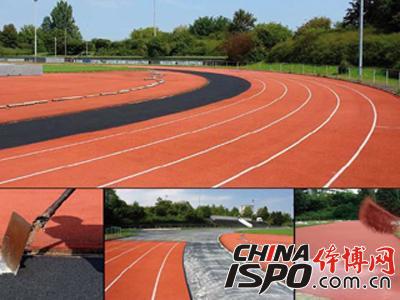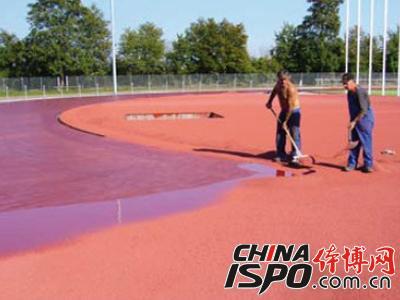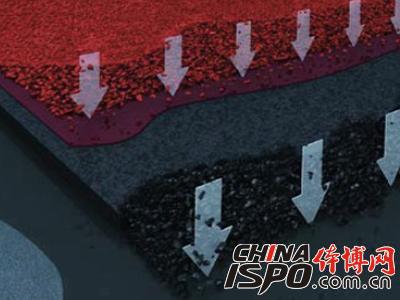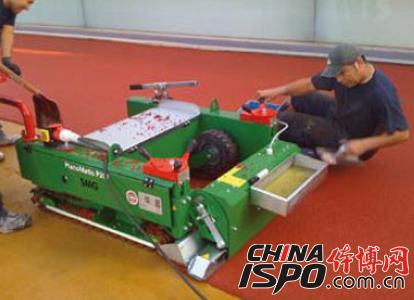Many of the playgrounds on campus today feature plastic runways that look sleek and professional. However, experts have raised concerns about the potential health risks associated with these surfaces. They suggest that certain plastics used in the runways may release harmful gases, which could negatively impact students’ health. This issue has become even more relevant as track and field events gain popularity on these synthetic tracks. But what exactly are the key features of the 400-meter plastic tracks commonly seen on campuses?

*Runway laying screen*
In China, most plastic tracks are made from industrial polyurethane, also known as toluene diisocyanate (TDI). After mixing with adhesives and curing agents, this material is laid down to form the track. The components involved—such as TDI, curing agents, and binders—are all organic compounds. When exposed to heat or strong sunlight, they can emit irritating gases. Many students and teachers have noticed a plastic-like smell when using the facilities, raising concerns about long-term exposure.
Despite the investment made by many universities to install these runways, there are often restrictions on their use. Some schools limit access to specific hours or enclose the areas with fences. This is partly due to the high cost of maintaining these surfaces, as excessive use can lead to wear and tear. The goal is not only to protect the infrastructure but also to ensure its longevity for future students.
Modern stadiums have transitioned from traditional coal cinder tracks to synthetic ones. While the appearance may seem similar, the differences in performance and composition are significant. This article aims to clarify these distinctions and provide a better understanding of how these tracks function.
**The origin of "plastic runways"**
When designing large outdoor stadiums, the layout typically includes a football field surrounded by a 400-meter track. These tracks are now mostly made of synthetic materials, replacing older coal-based options. In the West, such surfaces are often called "tartan tracks." Originally developed in the 1960s, these tracks offered improved safety and performance for athletes. Though other materials have evolved over time, tartan tracks remain popular for their durability and consistent quality.
**Foundation layer – invisible but essential**
According to German standards like DIN 18035-6, a synthetic track should include an asphalt base, an elastic layer, and a final surface layer. The elastic layer is usually made from rubber particles and polyurethane, while the top layer consists of EPDM (ethylene propylene diene monomer) particles mixed with polyurethane. This combination gives the track its texture and durability. Different manufacturers may use varying materials, leading to differences in UV resistance, temperature tolerance, and overall lifespan.

*Workers Spread EPDM Particles*
**Installation methods vary**
There are several ways to install a plastic track. One common method involves on-site construction, where materials are layered at the location. Another approach is the hybrid method, where parts of the track are pre-fabricated and then assembled. Some tracks are even manufactured as coils and transported directly to the site. Each method affects the quality and performance of the final product.

*On-site construction installation runway*
**Prefabricated runways: A premium option**
Fully prefabricated runways are installed like sheet flooring, offering a seamless and uniform surface. These tracks are often used in high-level competitions, such as the Olympics, due to their superior performance and comfort. Unlike on-site installations, prefabricated runways are produced in controlled factory environments, ensuring consistent quality. They are also easier to install quickly and require minimal maintenance. However, they are more expensive and less commonly found on university campuses.

*Use the machine to install the runway*
While plastic runways offer modern aesthetics and performance, it's important to consider both their benefits and potential drawbacks. As technology advances, so too will the materials and methods used in their construction, making them even more efficient and safe for future generations.
Pvc Cartoon Pendant,Customized Doll Pendant,Car Mounted Doll Pendant,Pvc Doll Pendant
DONGGUAN TETSUMET TECHNOLOGY CO.,LTD , https://www.tetsumet.com